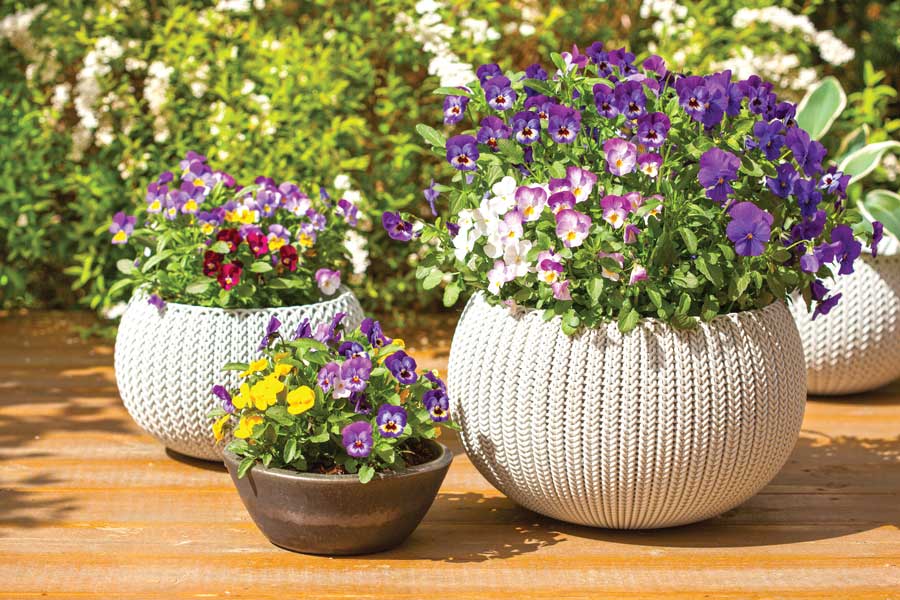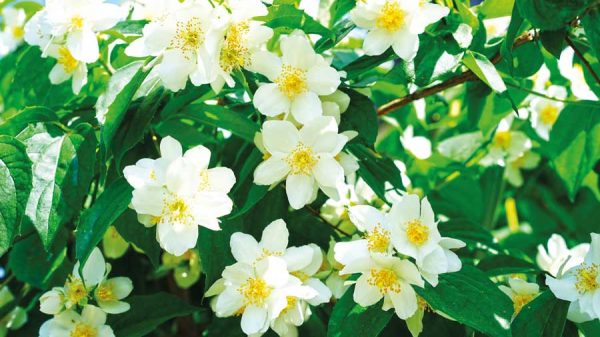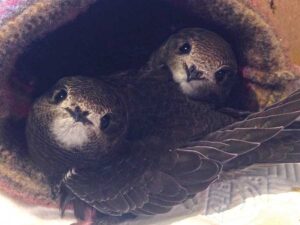It’s hard to believe that we are almost half way through the year, and what a strange time it has been, notwithstanding the situation with Covid, the weather has been a real topsy turvy affair, the odd sunny day but extended periods of cold and wet. Im sure the plants don’t know what is happening as they start into growth only to be nipped by a nighttime frost. My Hydrangeas have been quite badly effected, the shoots almost gone completely, fortunately there are signs of new shoots so I have given them a liquid feed to help them along. I find that a little help when a plant is suffering can often perk them up and give them a boost.
There is no doubt that plants are later into growth than last year but nature is amazing and they usually catch up, although may not flower as well as in previous years.
If you haven’t done so already it’s a good idea to provide support for the taller growing herbaceous perennials before they flop and bend into awkward and unruly shapes. There are lots of materials you can use, but I guess garden canes are probably the most often used. I am sure I have mentioned this before but I paint ours with blackboard paint which helps them blend into the background. Use soft garden twine and don’t tie the plants up too tight giving them a little slack to expand and allow air movement through the plant. This reduces the risk of fungal attack and allows space for birds to reach the greenfly and other problem insects. We often use twiggy stems and branches from autumn and winter pruning, as long as they don’t have disease and have been removed to give the tree or shrub better shape they will be fine for a more natural garden support.
Not all climbing plants require support, often having the ability to twine around objects or use adventitious roots or adhesive pads that attach themselves to the wall, others twine or have tendrils that reach out and wrap themselves around objects. That is assuming there are objects such as walls, fences or trellis nearby, if not then a suitable obelisk or hazel wigwam can provide a framework for them to climb. They may need a little help at first tying to the support with garden twine.
It’s not too late to create new displays particularly if you want to brighten up your outdoor seating area or around your front door. Containers planted with summer bedding if looked after will provide colour and interest right through to October/November. Although the weather is quite unpredictable its fairly certain that we wont be seeing any severe frosts for the next few months, and if the forecast predicts one, container plants can be covered overnight with a little horticultural fleece. Nurseries and garden centres are normally full to bursting at this time of year with a massive range of different bedding plants in an infinite range of colours so I am sure there is a combination to suit most tastes. A general rule is to look at the container the same as your garden, it has three layre, one low around the edge, a medium height or middle layre and one or more tall, often referred to as ‘dot’ plants.

With this in mind look for plants who’s flower and foliage will suit your chosen colour pallet and go for it. Compost wise, there are lots of peat free mixes available and along with a fortnightly liquid feed will sustain the plants all season.
As soft fruit develops perhaps the most important thing is to keep them watered during dry spells, this will ensure that the fruit swells and develops well, without adequate water fruit can drop, remain small or be quite bitter. A general feed also helps to sustain the plant and produce good sized fruit.
Blackberries, hybrid berries and Raspberries will be producing strong new growth that needs tying to a support to avoid damage and getting tangled up with this years fruiting stems. These new stems will become the fruiting branches for next years crop.
I don’t know why, but I get a real buzz from taking cuttings, I think it might be the Yorkshire in me, owt for nowt, so they say. June is a perfect time of year to take cuttings of perennials, and deciduous shrubs, Softwood cuttings are taken from new growth shoots and tend to root easily at this time of year. Remove a 2 – 3 inch (5 – 7.5 cm) new shoot, trim with a sharp knife just below a bud, or pair of buds, dip in rooting hormone, either powder or gel, then pinch the very tip of the cutting out. Fill a small pot with compost, either a specific cuttings compost or mix your own using peat free potting compost and pearlite at the ratio of 50/50. Insert the cutting between the edge of the pot and the compost, and water well. Place the pot in an unheated propagator I use a zip-seal food bag, simply place the pot in the bag on a flat surface and zip the top up. this stops compost or water escaping, especially good if you are placing them on a windowsill. They don’t like direct sunlight so a windowsill that faces North (shady side) is best. Check on the cuttings daily to see if they have not dried out or are wilting. After about three to four weeks look underneath the pot and you should see small roots emerging. after four to five weeks the cuttings can be transferred to their own pot with fresh compost( no pearlite) and grown on. If the cutting was from a hardy perennial or shrub they can be planted out in the garden early Autumn, or kept in a sheltered place and planted into their final quarters in Spring.
We are slowly getting back to normal and our Q&A section return’s next month,
Happy Gardening
Martin
(Sowing Biennials, Hedge maintenance and Vegetables for cropping in winter.)







